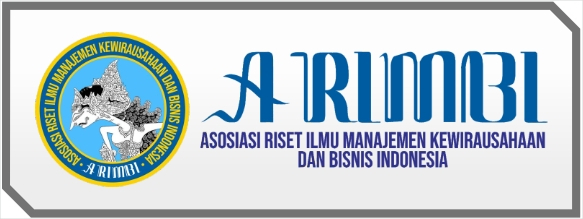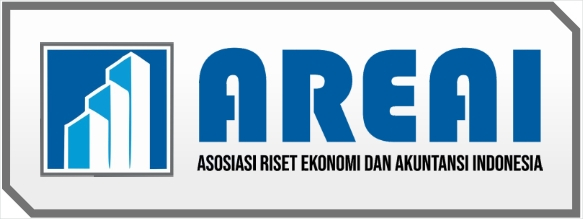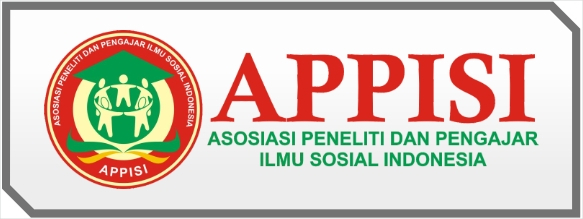Potensi Produk Kuliner Sebagai Pendukung Pariwisata Kota Solok
DOI:
https://doi.org/10.59581/jmpp-widyakarya.v2i2.3275Keywords:
Potential, Culinary Products, TourismAbstract
This research was motivated by the public's lack of exposure to the potential of culinary products to support tourism in Solok City. The aim of this research is to formulate the potential of culinary tourism as a supporter of tourism in Solok City using SWOT analysis originating from internal factors (strengths and weaknesses) and external factors (opportunities and threats). This research is descriptive in nature with qualitative data obtained through observation techniques, interviews, and documentation, with research informants selected using purposive sampling techniques. The research informants were: Tourism Office, Bundo Kanduang, community and traders. Data was analyzed through data reduction, data presentation, drawing conclusions, and strategic analysis. Overall, the research results show that the potential for culinary products to support tourism in Solok City has strengths, weaknesses, opportunities and threats that can be identified for development. The potential for culinary products to support tourism in Solok City that can be proposed involves: 1) Many types of typical Solok City food are still not exposed to visitors as well as the meaning and traditional traditions contained in each type of typical Solok City food. 2) The potential of culinary products to support tourism in Solok City, consisting of karucuik baluik, banana stem curry, banana pinyaram, limpiang pinyaram and bagalintin banana compote need to be maintained so that they can become selling points with a taste that is maintained and become a legacy for future generations 3) The internal factors of typical Solok City foods such as karucuik baluik, banana stem curry, banana pinyaram, limpiang pinyaram and bagalintin banana compote have a delicious and savory taste. The drawback of Solok City culinary tourism food is that its presentation does not last long at room temperature. The younger generation is not skilled in making it. The external factor of delicious food can increase business opportunities for local MSMEs and can open up new job vacancies if developed. The potential of Solok City's culinary products is threatened and is rarely made by the community, so the current generation does not know the traditional processes and events used to make them.
References
Khusnul, K. W., & Hakim, L. (2017). Strategi Pengembangan Destinasi Pariwisata Budaya (Studi Kasus Pada Kawasan Situs Trowulan Sebagai Pariwisata Budaya Unggulan Di Kabupaten Mojokerto). Jurnal Administrasi dan Bisnis, 1–10.
Pradipta, M. P. Y. (2021). Potensi Wisata Kuliner Kota Surakarta. Jurnal Pariwisata Indonesia, 17(1). http://jurnal.stpsahidsurakarta.ac.id/
Sammeng. (2016). Cakrawala Pariwisata. Balai Pustaka.
Saparinto, & Hidayati. (2010). Bahan Tambahan Pangan. Kanisius.
Triwidayati, & Minta, M. H. (2020). Potensi Makanan Tradisional Sebagai Daya Tarik Wisata Kuliner Di D.I. Yogyakarta. Universitas Negeri Yogyakarta, 15, 1–24.
Youwe, D. M., Ick, M., & Sanggrangbano, A. (2019). Analisis Potensi Retribusi Objek Wisata Pantai Base-G Di Kota Jayapura. Jurnal Kajian Ekonomi dan Studi Pembangunan, 1(2), 14–28. https://doi.org/10.56076/jkesp.v1i2.2041
Downloads
Published
How to Cite
Issue
Section
License
Copyright (c) 2024 Jurnal Manajemen Pariwisata dan Perhotelan

This work is licensed under a Creative Commons Attribution-ShareAlike 4.0 International License.


















